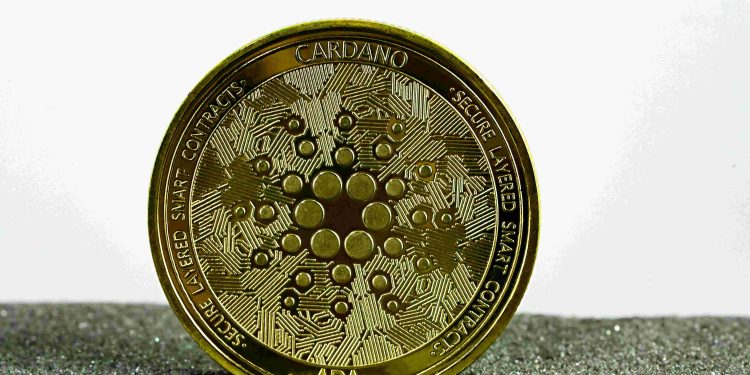In-depth Brand Insights for Business Success
Your brand is the lifeblood of your business.
It’s not just a logo or a catchy tagline, but the very perception that people hold about your enterprise. The reality is, in a saturated market, your brand is often the only differentiation between being chosen or overlooked. This subtle yet profound truth clicked for me during a critical juncture in my career when my startup floundered—not due to lack of innovation but because it failed to resonate with its target audience. This failure compelled me to question: What truly defines a strong and impactful brand?
As I dug deeper, I realized that many modern branding efforts are superficial at best, focusing on fleeting trends rather than long-term substance. This article will argue against the conventional playbook and instead advocate for a revolutionary approach to branding, combining psychological insight, technological leverage, and strategic foresight to create a resilient and growth-driven identity.

Beyond the Surface: Redefining the Meaning of a Brand
Most businesses define their brand in terms of visual identity—logos, fonts, and colors. While these are critical, they’re merely the tip of the iceberg. As cognitive psychologist Daniel Kahneman emphasizes in his book
Thinking, Fast and Slow
, people’s choices are primarily emotional and subconscious. This suggests that your brand must reach them on a deeper level. It must become a story, a narrative they can align with, or even better, one they can see themselves within.
Consider Apple. Their success isn’t just because of technological innovation but because they market aspiration, creativity, and individuality. They’ve leveraged human psychology to present their brand as more than a product—it’s an extension of identity.
The Crossroads of Technology and Branding
We live in an era where artificial intelligence, big data, and machine learning are redefining boundaries. But how does that connect to branding? Technology now allows businesses to tap into consumer preferences, behaviors, and habits at unprecedented levels. For example, analyzing customer sentiment through AI-driven tools gives insights into what resonates and what alienates. Yet, surprisingly few brands fully capitalize on this.
Predictive analytics is a game-changer here. Imagine understanding what your customers will want before they realize it themselves. Amazon perfected this through its recommendation algorithms, turning its brand into a personal shopping assistant. The lesson is clear: Use technology not just as a tool for automation but as a means of deepening empathy with your audience.
Psychological Resilience: The Durable Brand of Tomorrow
Your brand is not immune to external shocks—recession, social movements, environmental changes, or simply evolving consumer mindsets. If anything, recent disruptions have shown how fragile traditional branding can be. How do you make your brand future-proof?
For a start, embrace
psychological resilience
. Philosophers like Friedrich Nietzsche and Viktor Frankl have emphasized the importance of meaning and adaptability in facing adversity. Similarly, a brand must anchor itself in enduring values and connect with its audience at a values-based level. Topics like sustainability, diversity, and inclusion are not mere buzzwords but entry tickets to being perceived as a forward-thinking, resilient brand.
For instance, Patagonia didn’t just sell outdoor gear—they sold activism, purpose, and environmental stewardship. Their brand didn’t just survive change; it thrived because it stood for something consumers wanted to believe in.
Actionable Strategies to Elevate Your Brand
-
Create a Brand Narrative:
Establish a cohesive story. What’s your purpose? Why should anyone care? Make your message resonate emotionally before it appeals logically. -
Leverage Interdisciplinary Insights:
Blend fields like psychology, behavioral economics, and technology for innovative branding approaches. For example, using scarcity principles can drive demand, while neuroscience can illuminate decision-making patterns. -
Invest in Transparency:
Acknowledge flaws or mistakes in your journey. This honesty not only humanizes your business but also builds trust in an age of skepticism. -
Incorporate Customer-Led Design:
Involve your audience in shaping your brand. User-generated content, interactive campaigns, and customer feedback loops make a collaborative brand more durable and engaging. -
Focus on Lifelong Learning:
Stay ahead of brand trends by fostering a culture of continuous education—through books, courses, or even just conversations with industry experts.
The Future of Branding: Personal Empowerment and Connectivity
If current trends hint at anything, it’s that the future of branding will not belong to corporations dictating culture but to empowered individuals shaping connectivity. Brands will need to pivot from “influencing” customers to facilitating their self-expression and aspirations.
Picture an augmented reality (AR) platform where consumers can visualize how a product fits their unique lifestyle. Imagine NFTs (non-fungible tokens) enabling consumers to own part of a brand experience. These are no longer hypothetical—they’re happening now. The future brand will be dynamic, adaptive, and participatory, breaking the fourth wall to meet evolving consumer expectations.
The Call to Action: Build with Depth, Not Hype
The brands that endure are those that evolve while staying true to their core. Whether you’re a solopreneur, a corporate executive, or an aspiring entrepreneur, take the bold step to question conventional thinking about branding. Embrace creativity, leverage cutting-edge tools, and above all, connect with your audience at a human level.
The real measure of your brand’s success isn’t in quarterly reports but in the loyalty and trust you cultivate over decades. Define your brand not just by what it sells but by what it stands for, and you’ll find the lasting success you seek.















